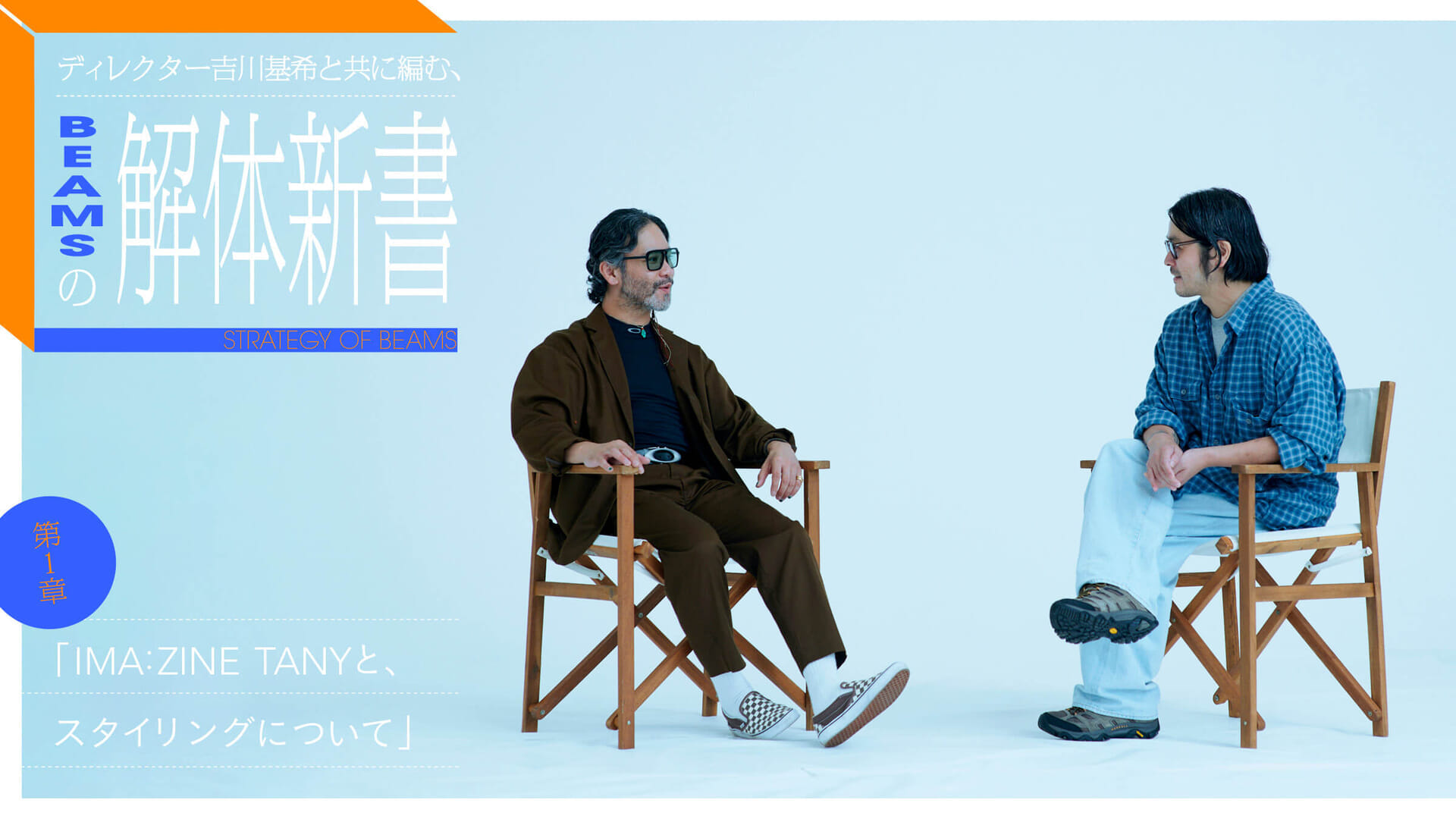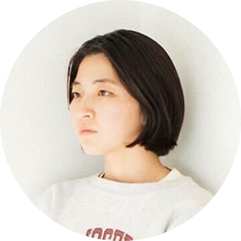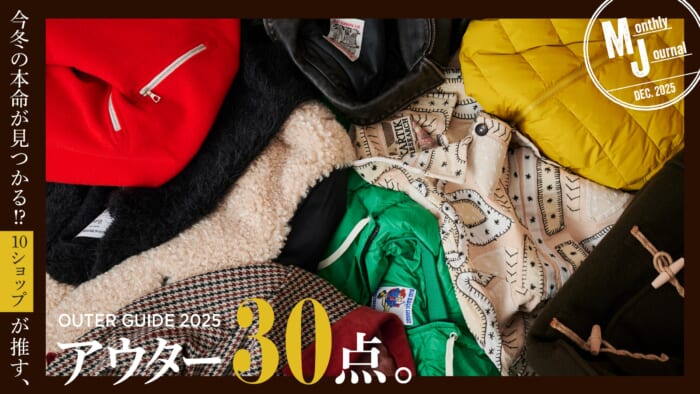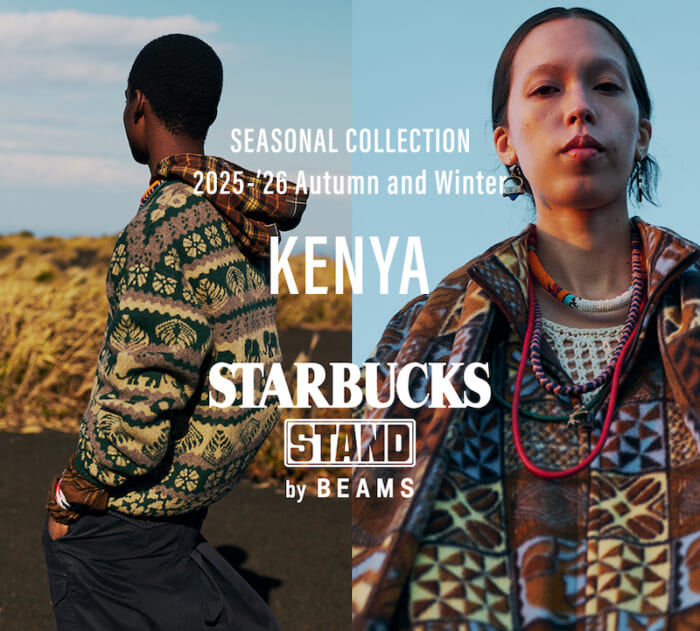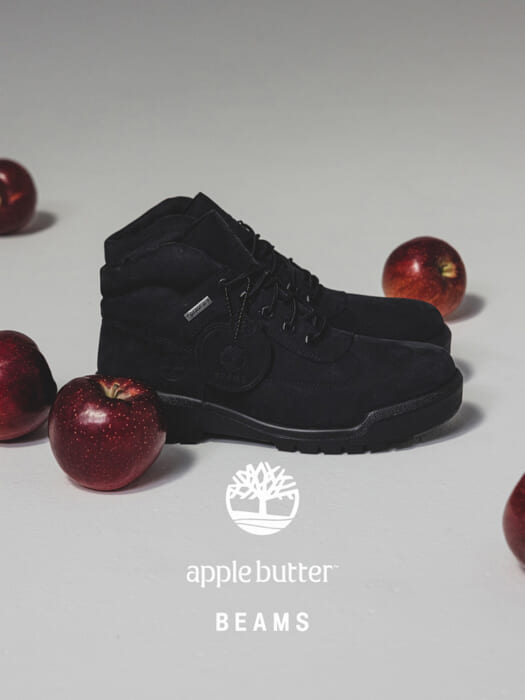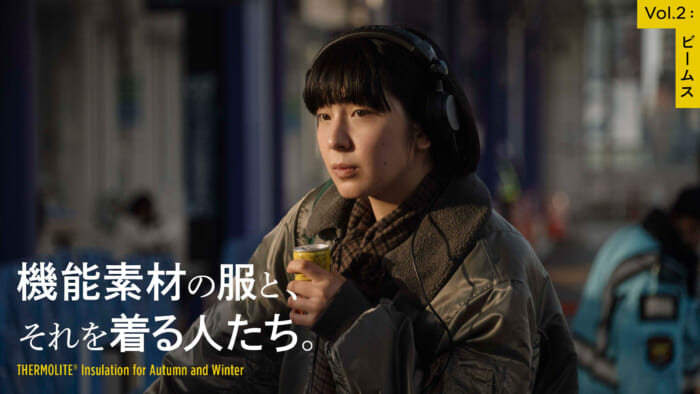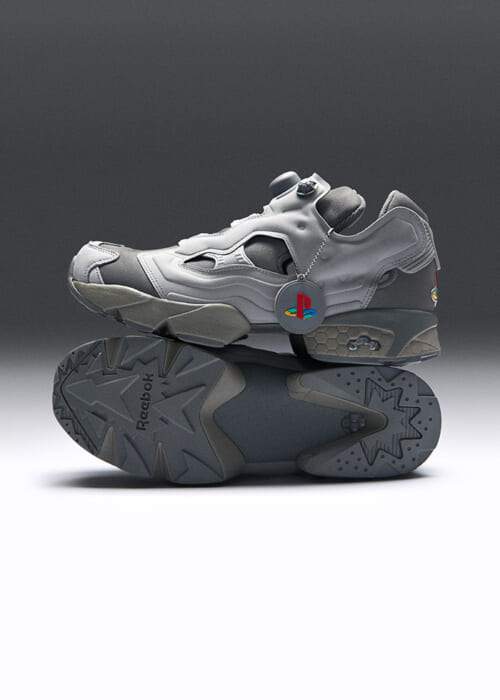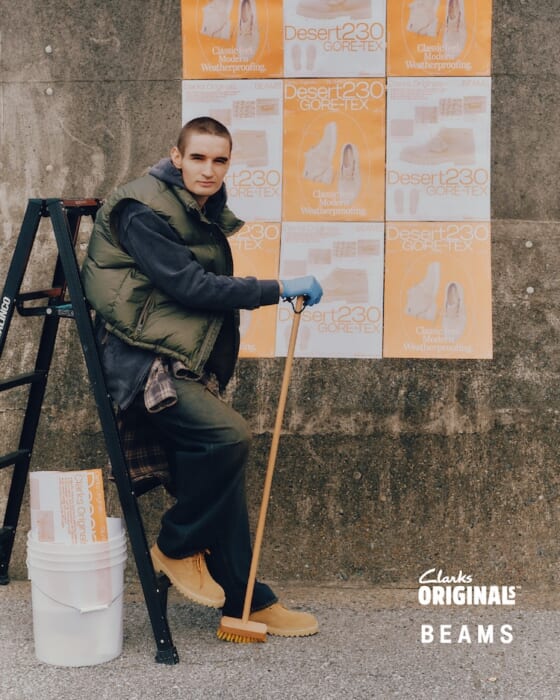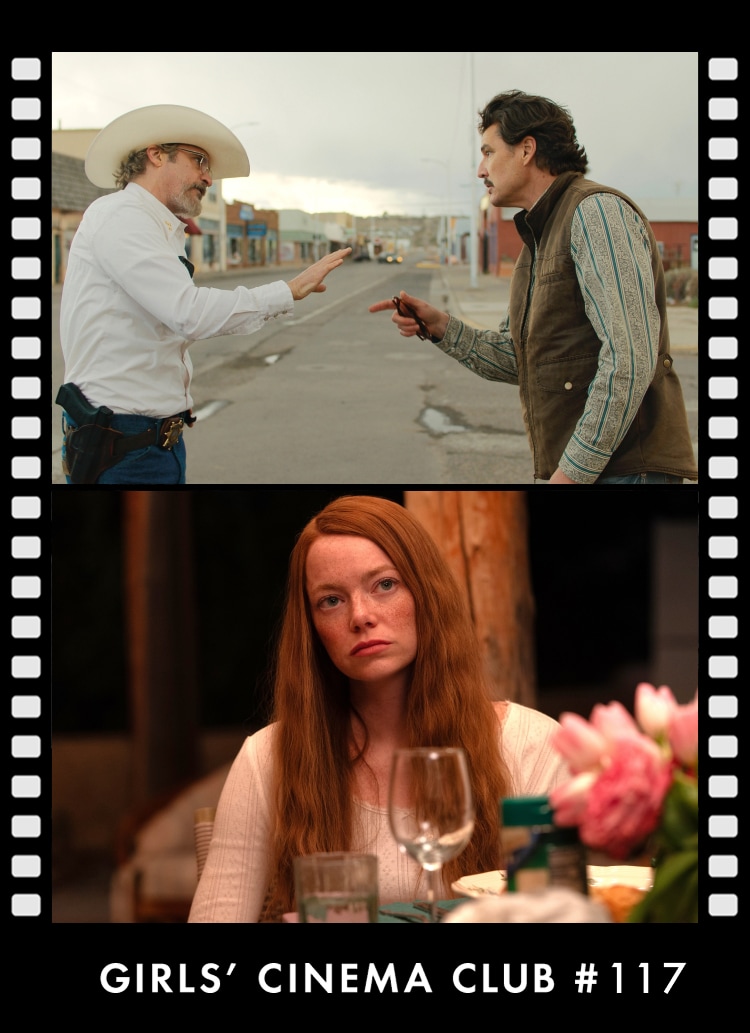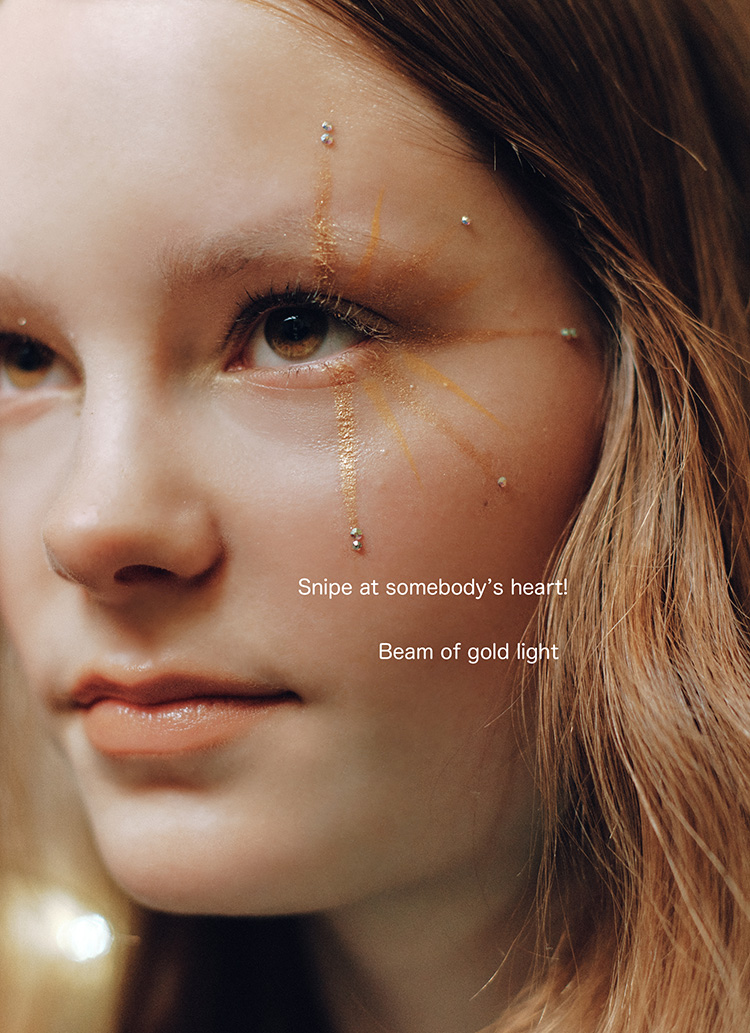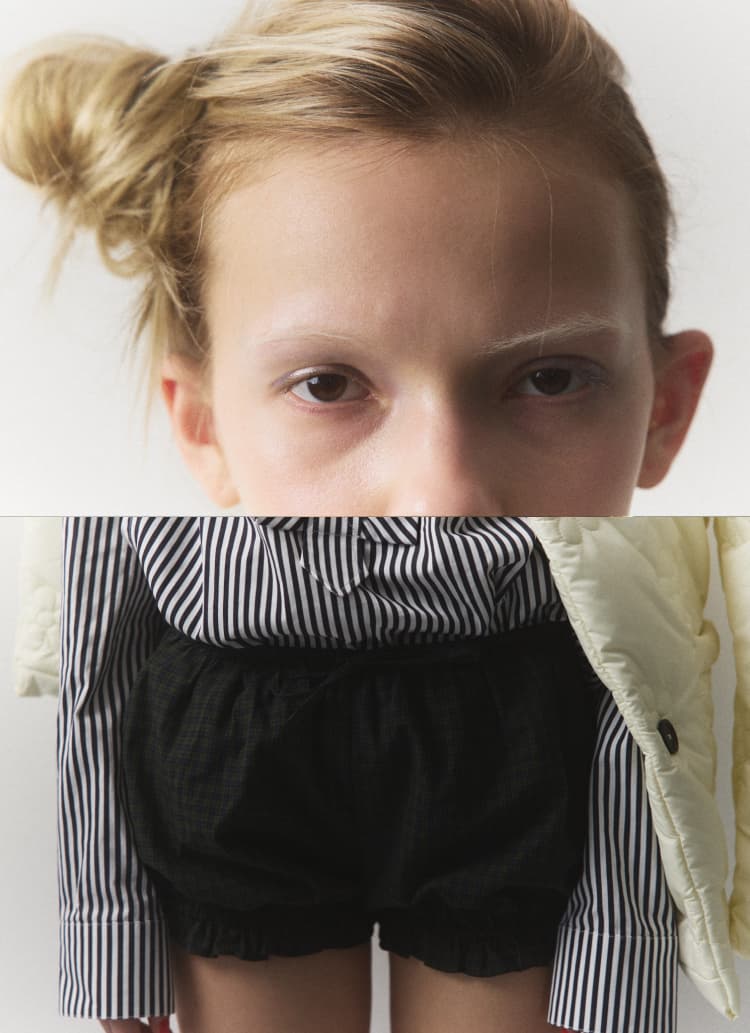By tweaking a small part of the product, you can make it more attractive.
When did the two of you start working together at BEAMS?
Yoshikawa: It's been about 5 years since Tani opened "Imagine"? We were together for about 5 years before that.
Valley: I was in Kansai for a long time and moved to Tokyo in 2013, so we have been friends for about 10 years now. Since I was at BEAMS in Kansai, there were rumors that there was a guy named Kikkawa in Tokyo and he was making a lot of noise.
Yoshikawa: Say that again.
Valley: It was true! I go to Tokyo once every six months for a product presentation, and at that time, Kikkawa had very long hair, down to his waist.
Yoshikawa: . the valley also came dressed in leather riders and buckin'.
Valley: I didn't want to lose because I was coming from the Kansai region (laughs). (Laughs.) Kikkawa was like, "Look at me.

. Of course, the taste or atmosphere of the fashion is different.
Yoshikawa: We are the same age, so our roots are the same, but we are from Kansai and Tokyo, so there is a difference in our tastes, right?
Valley: Yes, that's right. What we have seen is the same, but we grew up in different places, so we have different ways of expressing ourselves.
Yoshikawa: In terms of magazines, we had "BOON", from which we had accumulated a lot of knowledge about vintage.
Valley: . There were also magazines called "Kaji-Kaji-" and "Kasutama" in Kansai. I would look at magazines in Tokyo, but I would get cynical because the things I wanted to buy were not available in Osaka (laughs). (Laughs.) I would choose something a little different from the mainstream. (Laughs). It is a game of how to create a style. The styling is so mixed up that it is called "mixed martial arts.
Yoshikawa: Kansai was impressive in its peculiar way of dressing.
Valley: Yes, yes. I grew up in that kind of environment, while he experienced the backwoods culture firsthand. There is a big difference.
Yoshikawa: . My hometown is Niigata, so I came to Tokyo only after Urahara. However, I came to Tokyo by bullet train and went to "NOWHERE". By the time I got there, they had already sold out, and the staff just sat around playing their favorite music.

So, with the differences between the Kanto and Kansai regions, did you express each other's sensitivities through buying?
Valley: When I first came to Tokyo from Osaka, I was the only one saying different things at planning meetings.
Yoshikawa: There it is, there it is (laughs).
What do you mean?
Valley: For example, when we are talking about "airwalks," I think of "airwalks" as "one," but everyone else calls them "enigma.
Yoshikawa: Of course, "One" is a masterpiece, too.
Valley: There are many subtle discrepancies like that. Of course we respect the standard items, but there is a way of thinking among Kansai people that says, "This is more interesting, isn't it? Kansai people have a way of thinking that says, "This is more interesting, isn't it?
Yoshikawa: While understanding the main thing, wouldn't it be more fashionable to pick up the specialties on the side of the main thing? . Like that.
Valley: Yes, yes. That's why it was hard for my proposal to be accepted at the planning meeting. There was a period of about one year (laughs).
In a sense, "BEAMS" was carrying Japanese fashion on its back, and you felt that you had to keep up with the mainstream, didn't you?
Yoshikawa: Yes, I agree. . while acknowledging the diversity of fashion, it is not good to be scattered. . Therefore, I always want to properly embody the American casual style of BEAMS.
Valley:
What I really felt when I was working on the project was the great sense of original and special-order items at BEAMS, and the way they make big changes with just the right amount of finesse.
I am from the Kansai region, so I was suggesting bold changes, but Yoshikawa brings out the charm of the product by tweaking small parts. This is something that cannot be done without knowledge and passion for the item, and I think I saw his aesthetics and sense of style in that.
When an item is completed, I have a lot of fun thinking about how I can style it to break it up.
Yoshikawa: You used to wear the original "Beams," didn't you?
Valley: Yes, that's right. The originals at BEAMS are really great, and I learned a lot about how to make special orders.


